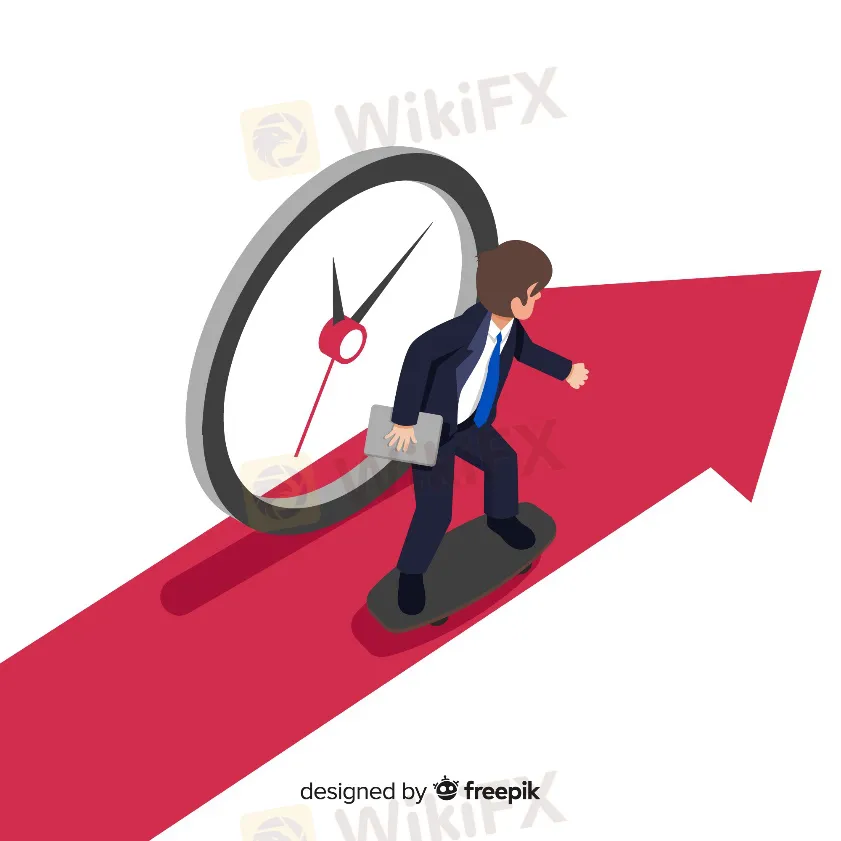Forums » News and Announcements
Five Reminders for Traders
-
Investors who have just entered the investment field usually face a question: How do I analyze the foreign exchange market?To get more news about Binary option, you can visit wikifx news official website.
Analyzing the market Basically, the market can be divided into two main ways: fundamental analysis and technical analysis.There are many investors who love these two factions, and the market continues to be controversial about which set of methods can really make a profit in the market.
Lewis believes that in fact, both sets of methods have the opportunity to make a profit, but only suitable for different types of investors with different cycles. For example, most institutional corporations will do a detailed fundamental analysis of a country‘s economic situation. The country’s monetary value can be evaluated through multiple dimensions, including employment status, manufacturing performance, and fiscal deficits. The interest rate level and other items are measured, but this type of research usually requires a high degree of expertise and takes a lot of time to carry out. For ordinary retail investors, it is not flexible enough, and it has a high threshold, and it even needs a long time to invest in this market, so most investors will choose the school of technical analysis as the main core basis for market research.Lewis trading in the foreign exchange market is also based on the selection of technical analysis. Because I am an investor who believes in technical analysis and learns many analysis methods. I am very interested in the human nature behind the technical analysis, so it took six years to study, and finally organized into a set of my own operating logic in the foreign exchange market. Stable profit.
Below, I will share several analysis methods that I often use in the market for investors to use as a reference for trading.

There is a basic assumption for technical analysis: there is a stack of humanity and capital chips behind price fluctuations, so as long as humanity has not changed, technical analysis will continue to effectively predict and plan market conditions.
1. Trading Follow the Trend
Anti-Trend trading is to follow the direction of the trend. If the current trend is up, do not enter the market and reverse the operation to sell short. Instead, you should follow the market trend, find the right trading position, and follow the trend. Earn relatively large profits. For example, the commodity whose recent trend is more obvious is gold. At the time of writing (7/5), gold is still maintained at a price around 1770. The upward trend is obvious. For example, for this commodity, it is necessary to pull back. Find multiple buying points.
2. Choose the Right Pair
Through technical analysis operations, most of them are relatively short-term transactions. To be profitable, you must choose commodities with higher volatility. Investors can look for ADR (Average Daily Range) products with large daily fluctuations. Operation, for a Scalper or Swing Trader, the greater the short-term fluctuations, the greater the chance of earning an intermediate spread to profit. For example, Lewis' own frequently traded commodities are EUR/USD, GBP/USD, XAU/USD and other commodities, which are relatively large ADR currency pair commodities, so it is easier to capture the middle price difference space.
3. Choose the Correct Time-Frame
Investors with different trading styles must choose their own suitable trading time zone. Below I give two examples for your reference.
For example: you are a Scalper trader, you should not choose H4, D1 as the time zone to find the location of the trading point, but should look for the m15/m30 commonly used in short-term trading to pay attention to the trading position, so that you will get more accurate trading entry position, increasing the chance of profit.
4. Do the Right Operation at the Right Time
A successful trader must be familiar with the inertia of the market to operate.
For example, when you are in Asia Session, you must know that the volatility of the market at this time is absolutely relatively low, so it is not suitable for the use of breakthrough strategies for anti-Trend trading operations. Instead, it should adapt to the characteristics of this time period. Fluctuations are dominant, so you can use counter-trading strategies to trade.
The so-called contrarian trading means only to sell at a position near a relatively high point and to buy at a position near a relatively low point.
If you are a anti-Trend trader, it is very unsuitable to operate a breakthrough strategy in Asian trading, because the momentum at that time is not kinetic, and it is basically difficult to get out of a more obvious trend.
